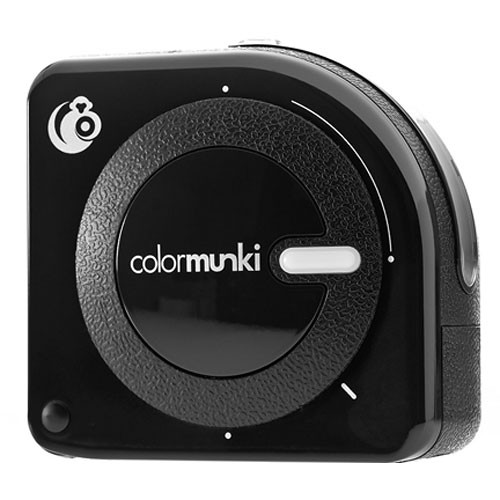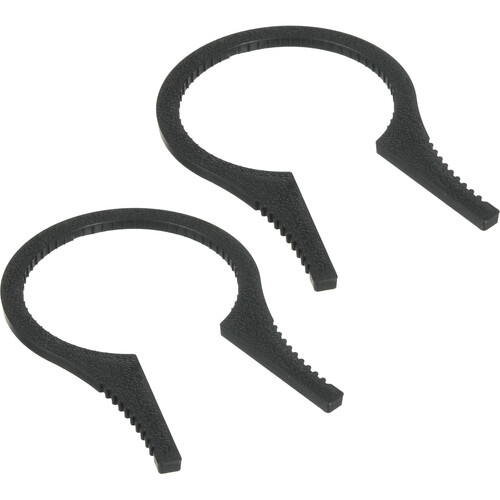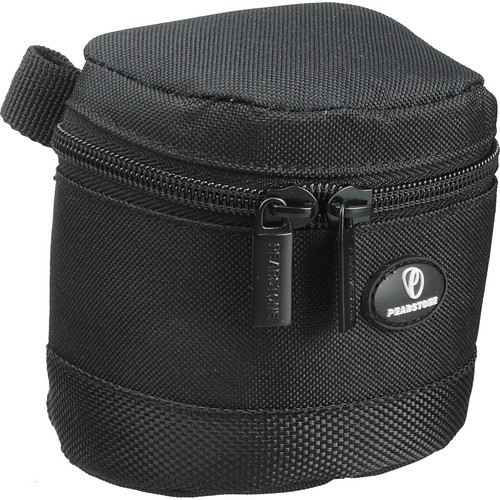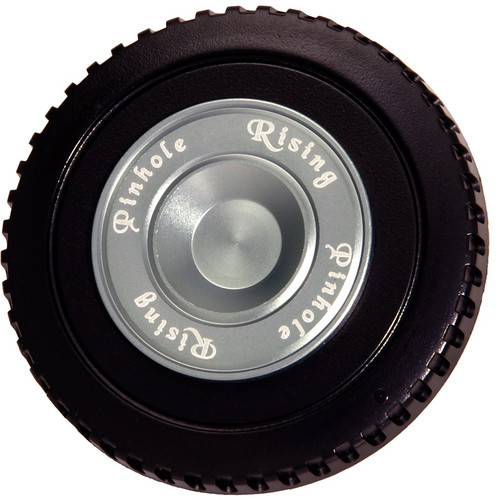As the title says. This week I've been paralyzed. Not much activity (except of some self portrait issues) and all of that because of, mainly, the car issues. In the middle of the week we had a special religious occasion and it is customary to fast on this day so I did fast 2 days in fact - and with fasting, my powers go down a bit and I wouldn't be able to do much after working hours. some ideas are there, but to work them out, I would need either more resources or, so to say, more objects to buy and/or help (something I seriously lack).
My savior cable turned out not much of a savior. However, it still works. After getting the Vello 33' cable, I've found out that I can't access the speedlites via the menu in camera but I have to do mostly everything manually. Strangely, this problem persists only when the speedlite is attached to the far end, but I can access the menus when the speedlite is attached to the main head connected to the hot shoe on camera.
After contacting B&H they did indeed help me out and sent me a Return Form to be sent through UPS, but unfortunately, this service doesn't work out for international destinations like from Kuwait. Thus, I have to keep myself contented with what I have right now. The main thing is applying High-Speed options which might be problematic, but the wireless triggering works just fine so probably I would have some work out around this problem.
On the other hand, the new ColorMunki is working just fine and I've already calibrated my new laptop and the desktop monitors. What is left is to try out and calibrate some projector (which I don't really need but to get the hang of it) beside doing some printer calibration when possible. All of that is on hold for the time being till I finish my car problems!
What I like about this ColorMunki is the more sophisticated options it has (beside of course the basic calibration which a beginner can still use). It has options to calibrate according to the ambient light or according to a light temperature (e.g. D50, D65) and so on. My monitor now looks significantly darker than it was with the calibration done from the old simple ColorMunki (with monitors settings set to default or factory settings).
Other toys are just fine and the pinhole mount specifically needs more experimenting, but initially the test is fine. For the time being, I'm thinking of using my light meter to initiate the calculations for finding out the required exposure time when using the pinhole (of f/222). To find the required exposure here I would have to measure the light level at a specific f-number and then build up the exposure time up to f/222. I will try the simple formula:
In the meantime, I've decided to work with my own camera little bit and do a half-portrait; after all, I didn't take much photos of myself for a long time, and I didn't even edit much of my photos to make some of them as pieces of art. The setup was time-consuming and I had to stand, literally, in a jungle of tripods.
The main problem here is that I was using the 430EXII speedlite with a honeycomb grid to act as a spotlight and give extra light to the eye area, after lighting the whole face with 580EXII speedlite plus reflector. Anyway, pointing the spotlight is so critical and I've never got it right after all, and as you can see in the images, the closest I could get is the area under my eye, on the cheek and thus we have an overexposure in this area specifically.
However, I'm glad that one shot survived at least from the tens of shots I've made (and how ironic in the beginning I was using the speedlites on the wrong side of my body). Everything in this experiment was set on a tripod; two speedlites, monitor, and camera. Moving was something delicate. My main idea in the beginning was totally different in which I wanted to use some flash drag technique while moving my face (to create a ghosting effect) but for this case I would probably need a darker atmosphere rather than the hall in which I've conducted this experiment. In hope that I would be able to do this soon. Just thinking about the configurations and the settings that I have to do makes me a bit sluggish and lazy to do all of that. For this experiment though, I might use a simple hatchet configuration, which is made by placing 2 light sources on the sides of the face, and yet because I have 2 different speedlites here with 2 different powers, I might as well have to change the distances accordingly, making the 580EXII further away from my face (or reduce its power accordingly) - and probably the guide numbers would help with this. New venturing, let's hope it goes smoothly without much headache!
 |
| Source: B&H |
After contacting B&H they did indeed help me out and sent me a Return Form to be sent through UPS, but unfortunately, this service doesn't work out for international destinations like from Kuwait. Thus, I have to keep myself contented with what I have right now. The main thing is applying High-Speed options which might be problematic, but the wireless triggering works just fine so probably I would have some work out around this problem.
 |
| Source: B&H |
What I like about this ColorMunki is the more sophisticated options it has (beside of course the basic calibration which a beginner can still use). It has options to calibrate according to the ambient light or according to a light temperature (e.g. D50, D65) and so on. My monitor now looks significantly darker than it was with the calibration done from the old simple ColorMunki (with monitors settings set to default or factory settings).
Other toys are just fine and the pinhole mount specifically needs more experimenting, but initially the test is fine. For the time being, I'm thinking of using my light meter to initiate the calculations for finding out the required exposure time when using the pinhole (of f/222). To find the required exposure here I would have to measure the light level at a specific f-number and then build up the exposure time up to f/222. I will try the simple formula:
V = 2*Log(N) / Log(2)
Where V is the number of stops needed, and N is the f-number. However, for N here, I would substitute for the difference in f-number (i.e. ΔN) between f/222 and the initial f-number (say f/8 for example). I'm not sure this is mathematically correct, because I think I'm suppose to drive ΔV and not simply V. Anyway, my mathematical expertise is not good enough to derive such a formula. My main, and simple, derivation is from the equation mentioned in Wikipedia's page here.
Of course then, after calculating the stops (V in this case) I would use it in the following formula to get the required time for the exposure:
T = S * 2V
Where T is the Time that we need to know for the exposure, and S is the shutter time calculated at the initial f-number (f/8 for example as stated above) by means of the light meter. You might think or feel it is kind of ridiculous to work with all these equations just to use a pinhole (while you have a set of lenses that I can use still with TTL systems), but trust me, it takes a physicist or a mathematician to realize the sweetness of such experimenting and the joy when you find out that you've done the right thing.
Away from this mess, I'm still spending some time with other people's photos and trying to enhance them somehow. Lot of nice photos but the noise level makes it horrible to work with such photos. Anyway, I'm advising everyone I can reach to get a real camera instead of a phone camera.
 |
| The Gaze Canon EF 50mm, f/6.3, 400-1sec, ISO200. |
I've taken many shots with different setups of the speedlites and among the tens of shots Ive taken, only one that got through, even with some lighting problems.
 |
| The Gaze II (Edit) |
 |
| The Gaze III (Edit) |
Finale
As of writing these words, I'm still struggling with my car yet and I'm not sure there is an easy way out to fix the damn A/C. Living without an A/C in your car in Kuwait means a catastrophe for most of the fields of your life - because you need to do your business outside and with no A/C, you are simply a melted chocolate!
After the shock from the original car dealer which offered fixes for 520 K.D. (approx. US$1500), I've pulled the car from there without fixing it and now I'm trying to find a good substitute. Some times I do get some hope from some garage owners, and some times they get me down, but after all one thing is certain: it's not going to be a cheap fix. I'll be just happy to finish this topic and have some peace of mind before Ramadhan's arrival and the beginning of the fast.
Mom's situation worries me and it does sound more like a chronic issue. Despite the fact that she seems to be in a good health and she goes in and out of the kitchen as she used to do before, but the matter with the dialysis is not finished yet and my elder sister brings some bad news now and then. Poor mother, we keep the bad news away from her to keep her calm, and God knows what's waiting for her. Just wish if I can give her one of my kidneys if that was possible. The least I'm hoping for for the time being, is some reduction in her dialysis times.
All what I want for the few coming days, is to stare at the sky at night and see some stars. Just, some stars...
Mom's situation worries me and it does sound more like a chronic issue. Despite the fact that she seems to be in a good health and she goes in and out of the kitchen as she used to do before, but the matter with the dialysis is not finished yet and my elder sister brings some bad news now and then. Poor mother, we keep the bad news away from her to keep her calm, and God knows what's waiting for her. Just wish if I can give her one of my kidneys if that was possible. The least I'm hoping for for the time being, is some reduction in her dialysis times.
All what I want for the few coming days, is to stare at the sky at night and see some stars. Just, some stars...













